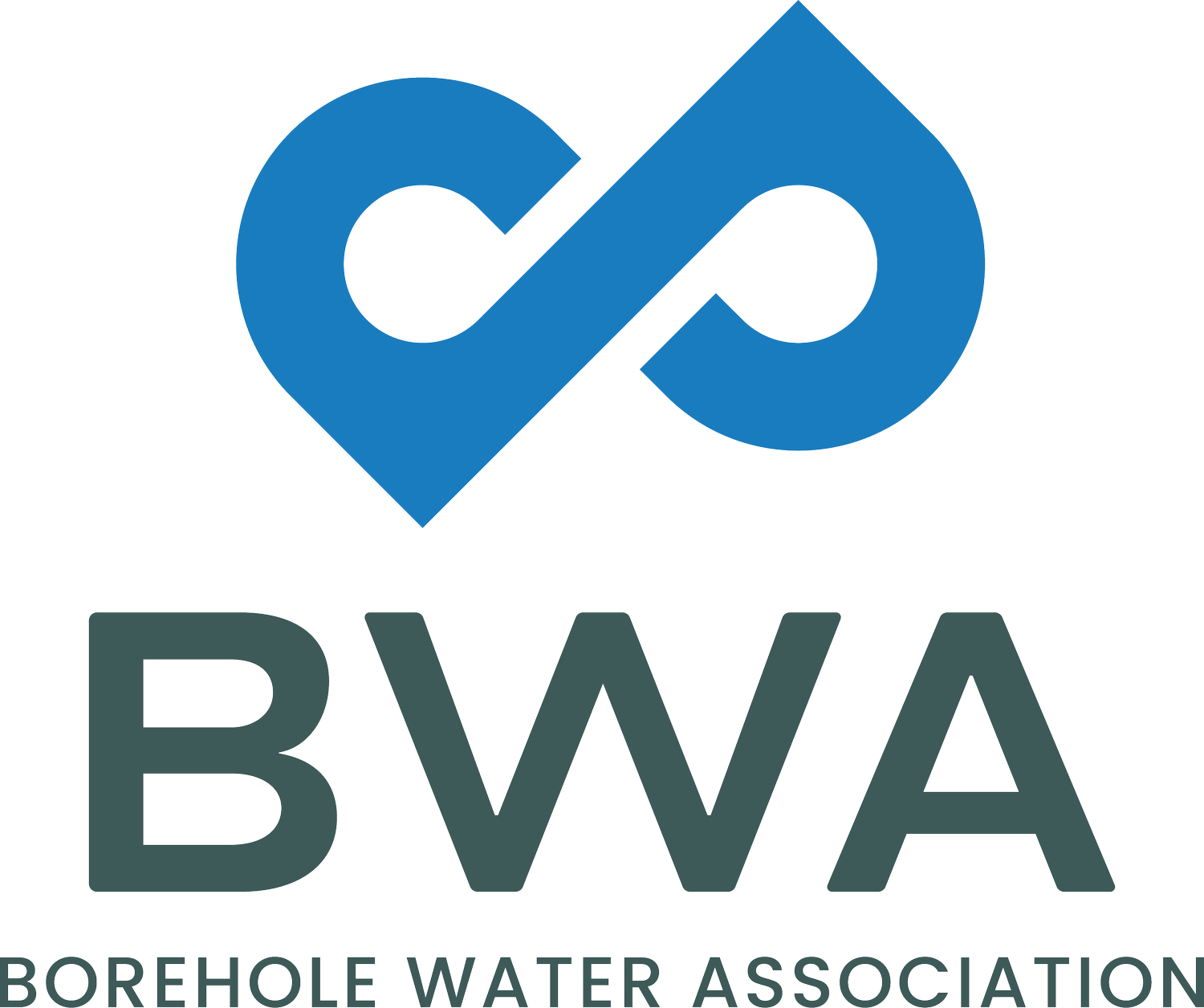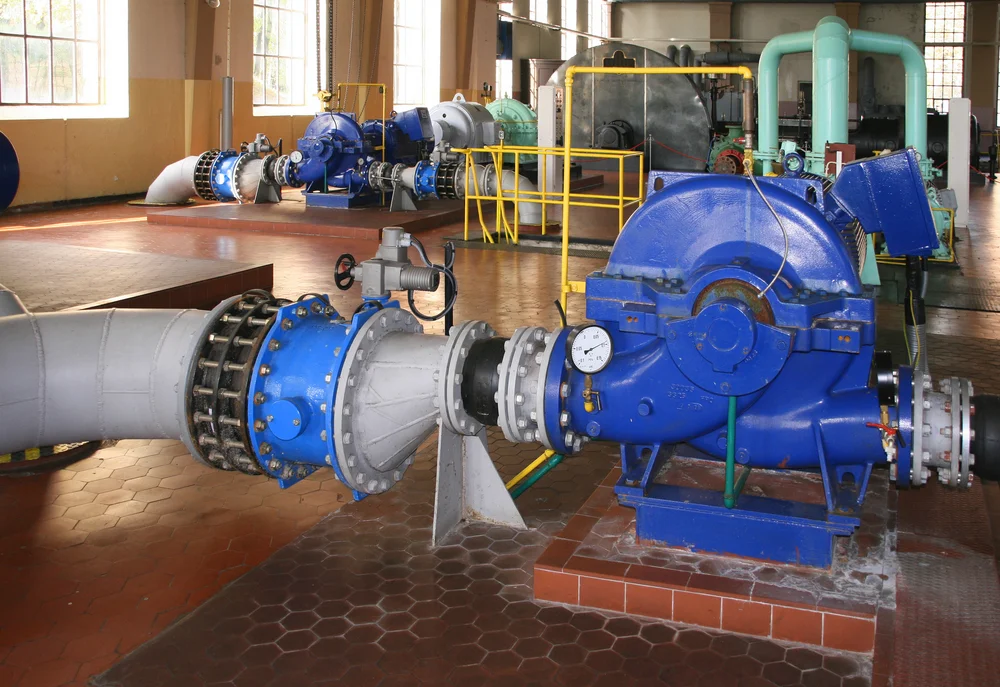Borehole Pump Installation Practice Part 2: Preventing submersible motor overheating
/In Part 2 of this series of articles aimed at ensuring a long and cost-effective borehole pump installation, we look at submersible electric motors.
by John Tonkin
Motors DO get hot under water
Most groundwater pumps sold globally are powered by submersible electric motors. Personally, I have seen many motors returned after 40 years plus without having undergone any maintenance. As incredible as it seems, not a single bearing or lubricant change, or a minute’s worth of labour expended on the unit. All this while operating under many metres of water in a hole in the ground tens or hundreds of metres deep. After each of these “old boys” were brought in to us, I never ceased to be amazed at how a piece of machinery can run for so long on virtually no maintenance. What was the secret? And why did some motors fail, in some cases, after a few hours! During my 45+ years in the groundwater industry, including 11 years at one of the largest manufacturers of submersible motors in the world, I reached the conclusion that there was no rocket science to achieving this kind of service life.
In Part 1 of this series we looked at the vital role played by Non-Return Valves (NRVs) installed at the pump’s discharge. In Part 2, we will look at reasons why motors overheat and fail prematurely and how a very simple addition to the pump/motor unit will go a long way to getting the motor to its 40th birthday.
Motors keeping their cool
Water in a borehole is (generally) cold right? While there are boreholes around that can have water at high temperatures (Bela Bela, Windhoek, Goudini in the Western Cape are good examples), the temperature of water in a borehole remains constant at or around 20 degrees Celsius. If a motor remains submerged in a large body of water at this temperature, is there any likelihood of it overheating if there are no fault conditions? The short answer is “very definitely”.
To illustrate the answer, we were very concerned at the reduced life of submersible pumps installed in the reservoirs of a large South African Metro. Service lives of 18 months were considered good, but we as the manufacturer were not satisfied. Further investigation revealed an intriguing cause and a very simple and inexpensive solution.
All water contains a certain percentage of air (after all what do fish breathe?!). The air stays in suspension, invisible to the naked eye until there is a change either in temperature or pressure or in both. Water is a good conductor of heat but air is not. So far so good. Motors do however heat up to a degree even while working under acceptable operating conditions. This change in temperature, no matter how small, causes a layer of air bubbles to form on the shell of the motor that drastically reduces any cooling effect. The net result is a gradual increase in the motor’s operating temperature which in turn leads to the formation of even more air bubbles. This negative cycle causes internal temperatures in the motor to steadily increase to a point where the life of the motor is significantly reduced. What to do?
Wipe the bubbles away
If there was some way to remove the air bubbles as they form, then the shell of the motor will always be in direct contact with the surrounding water and this will solve our cooling problem.
Here’s how it’s done.
75kW submersible turbine
This photo shows a turbine about to be installed in a borehole on a sugar estate in Tanzania. If the water enters the borehole above the pump end, the motor will be left in still water as the path of least resistance is past the pump and then into the suction. As the motor warms/heats up, there will be a small amount of water movement due to convection but this is insufficient to ensure adequate motor cooling.
1300kW 6,6kV mine dewatering turbine
This photo shows a large capacity submersible pump being installed in a mine shaft in the DRC. A sleeve (pipe) has been attached to the middle stage of the pump and left open ended at the lower end. When the pump is started, flow into the pump is forced or induced over the motor and into the suction of the pump. Irrespective of where the water enters the borehole, there will be a much higher velocity of water past the motor. Hence the name for this “sophisticated” part of the installation, inducer sleeve. There is however one shortcoming in the design of this particular sleeve. The length of the sleeve must extend past the end of the motor as the relatively small clearance between the motor and the internal diameter of the sleeve will create high velocities. The resulting suction effect could draw in all manner of foreign materials. In the case of the mine shaft this could be small metal objects dropped down the shaft and/or sand particles. The red rectangle shows how the sleeve should have been extended. If the sleeve is longer than the motor the sleeve intake cross sectional area is based on the full inside diameter of the sleeve.
Right and wrong in motor cooling
In the diagram, A illustrates what happens when water enters a borehole above the level of the pump/motor combination. The flow velocity past the motor is negligible and operating temperatures in the motor reach unacceptable levels.
The pump/motor unit shown in B has been installed above the point of inflow into the borehole and this could create a flow velocity that will remove any air pockets that collect on the motor shell. The flow rate in m3/sec should be divided by the annular cross sectional area (between the motor and the borehole casing) in m2 to arrive at the flow velocity past the motor. This should be more than 0,75m/s.
The borehole pump and motor in C is fitted with a flow inducer sleeve. Often the internal diameter of the borehole casing will dictate the feasibility of using this design. An inducer sleeve could increase the outside diameter of the pump by 30%. Thereby preventing the use of an inducer sleeve. In this case the arrangement shown in B should be used.
Conclusion
Theoretical studies and a significant number of real life case studies analysed from field data confirm that notwithstanding the fact that submersible electric motors fitted to borehole pumps operate in cold (hopefully) clean water, a low flow velocity past the outside of the motor will most certainly lead to premature failure with all the attendant costs and frustrations.







